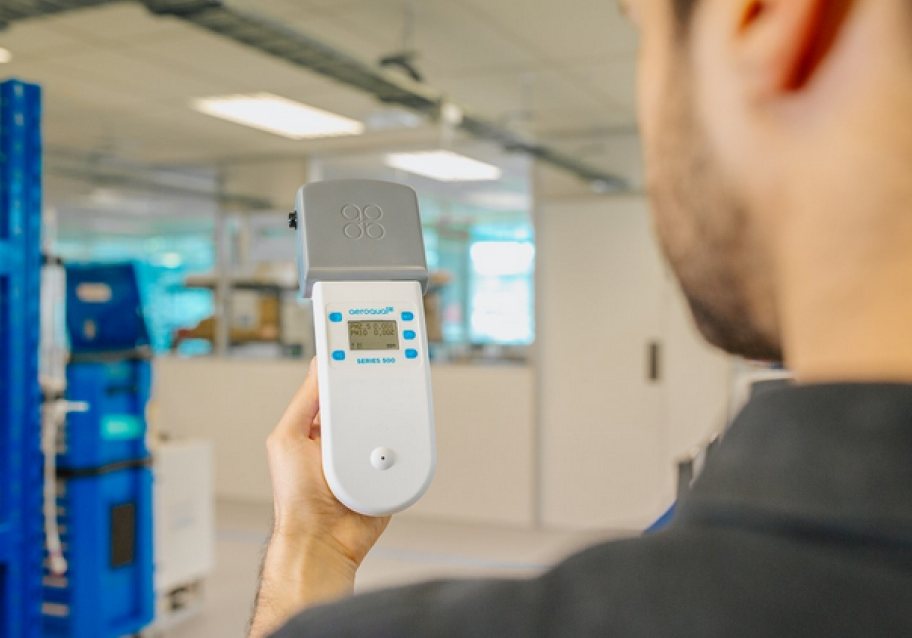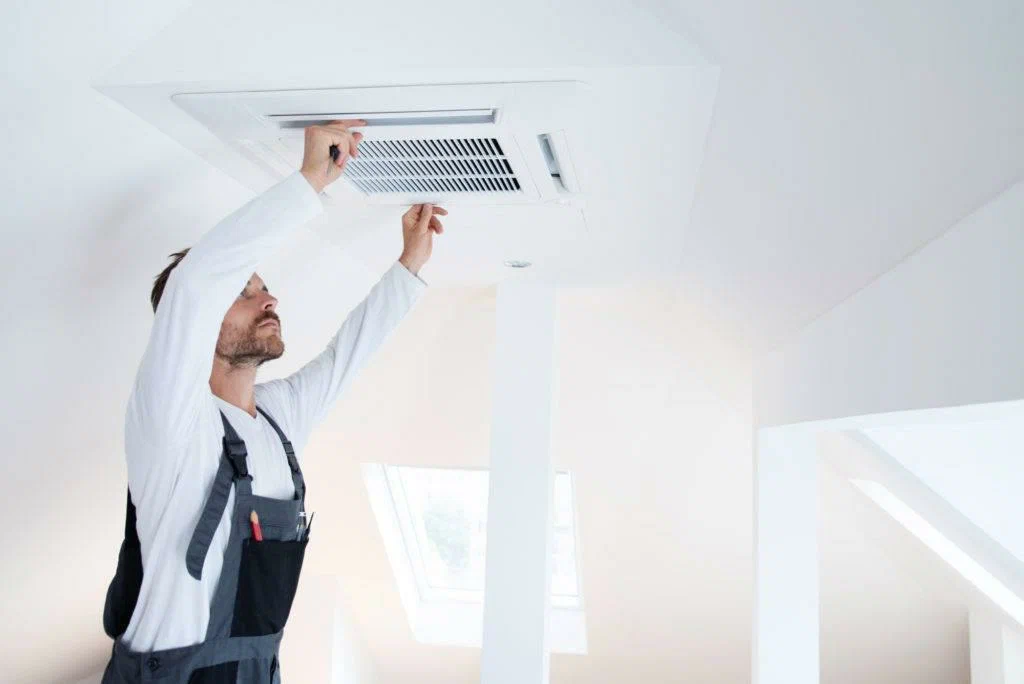
Improving Air Quality in Hospitals
Indoor air quality (IAQ) in hospitals is a critical factor influencing the health and recovery of patients, the comfort of visitors, and the well-being of healthcare staff. With vulnerable populations and various airborne contaminants present, maintaining superior air quality is essential to reducing the risk of infections, allergens, and airborne diseases. This application note provides guidelines and strategies for improving air quality in hospitals.
Challenges in Hospital Air Quality
Hospitals face unique IAQ challenges due to their operational complexity, including :
- Pathogen Spread: Bacteria, viruses, and fungi can spread through the air, increasing the risk of healthcare-associated infections (HAIs).
- Chemical Contaminants: Cleaning agents, disinfectants, and medical procedures release volatile organic compounds (VOCs).
- Particulate Matter: Dust, skin flakes, and other particles can compromise air quality.
- Poor Ventilation: Inadequate air exchange can lead to stale air, moisture buildup, and higher pollutant levels.
- Odors: Medical waste and procedures can create unpleasant and lingering odors.
Key Strategies to Improve Hospital Air Quality
- Optimized Ventilation Systems
- Purification Technology
- Control of Humidity and Temperature
- Source Control
- Regular Cleaning and Maintenance
- Monitoring and Real-Time Feedback
-
Ensure Adequate Air Exchange Rates : Follow ASHRAE Standard 170, which recommends a minimum of 6 air changes per hour (ACH) for patient rooms and up to 25 ACH in operating rooms.
Implement Proper Filtration : Use HEPA (High-Efficiency Particulate Air) filters to remove airborne pathogens and particles.
Increase Outside Air Intake : Incorporate fresh air into the HVAC system to dilute indoor pollutants.
-
Install UV-C Systems : Ultraviolet germicidal irradiation (UVGI) can deactivate airborne pathogens in HVAC systems.
Deploy Air Purifiers : Place Electrostatic Filters, HEPA filters and activated carbon in high-risk areas like ICUs and isolation rooms.
-
Use the Akron Ecostat to maintain relative humidity between 30-60% to prevent mold growth and reduce pathogen survival rates.
Use the Akron Ecostat to monitor and control temperature to enhance patient comfort and reduce the risk of moisture buildup.
-
Manage Chemical Emissions : Use low-VOC paints, cleaning products, and adhesives to minimize chemical exposure.
Implement Proper Waste Management : Isolate medical and biohazard waste areas to reduce odors and pollutant spread.
-
HVAC System Maintenance : Schedule regular cleaning and filter replacement to prevent dust and microbial buildup.
Surface Disinfection : Complement air quality efforts by maintaining clean surfaces to reduce overall contaminant load.
-
Install Akron Ecostat to track pollutants such as VOCs, particulate matter (PM2.5/PM10), carbon dioxide (CO2), and humidity levels.
Have Akron Ecostat monitor manage the ventilation system to meet the IAQ requirements
Focus Areas in Hospitals
- Operating Rooms
- Intensive Care Units (ICUs)
- Isolation Rooms
- Waiting Areas and Lobbies
-
High filtration standards (HEPA) and controlled airflow patterns (laminar flow) are essential to minimize infection risks during surgeries.
-
Maintain strict air quality standards with HEPA filtration and air purification technologies to protect immunocompromised patients.
-
Use negative pressure systems to prevent cross-contamination between patient rooms and adjacent areas.
-
Ensure proper ventilation and air purification to improve comfort for visitors and staff while minimizing the spread of airborne diseases.
Benefits of Improved Air Quality in Hospitals
- Reduced Infection Risks: Lower incidence of HAIs and better patient outcomes.
- Enhanced Patient Recovery: Cleaner air contributes to faster recovery and comfort.
- Staff Well-Being: Better working conditions for healthcare professionals.
- Regulatory Compliance: Meeting IAQ standards ensures compliance with healthcare guidelines and certifications.
- Energy Efficiency: Optimized HVAC systems reduce operational costs and environmental impact.
Conclusion
Improving air quality in hospitals is vital for patient care, infection control, and operational efficiency. By implementing advanced filtration, ventilation, and monitoring systems, hospitals can create a safer and healthier environment. Partnering with experienced indoor air quality professionals can further ensure that IAQ solutions are tailored to meet the unique needs of healthcare facilities.

